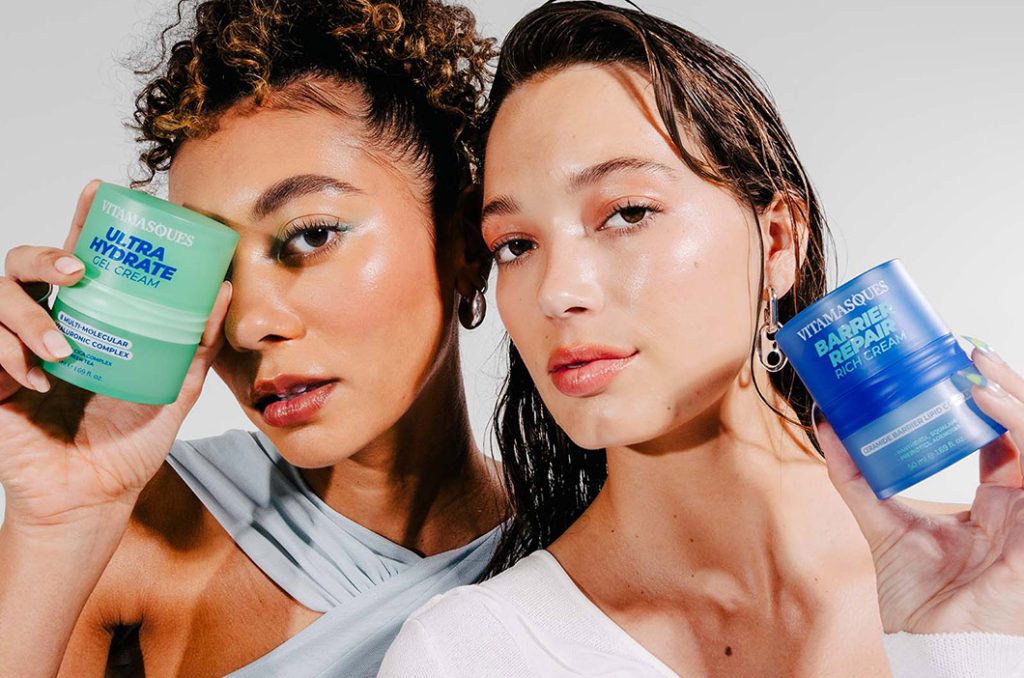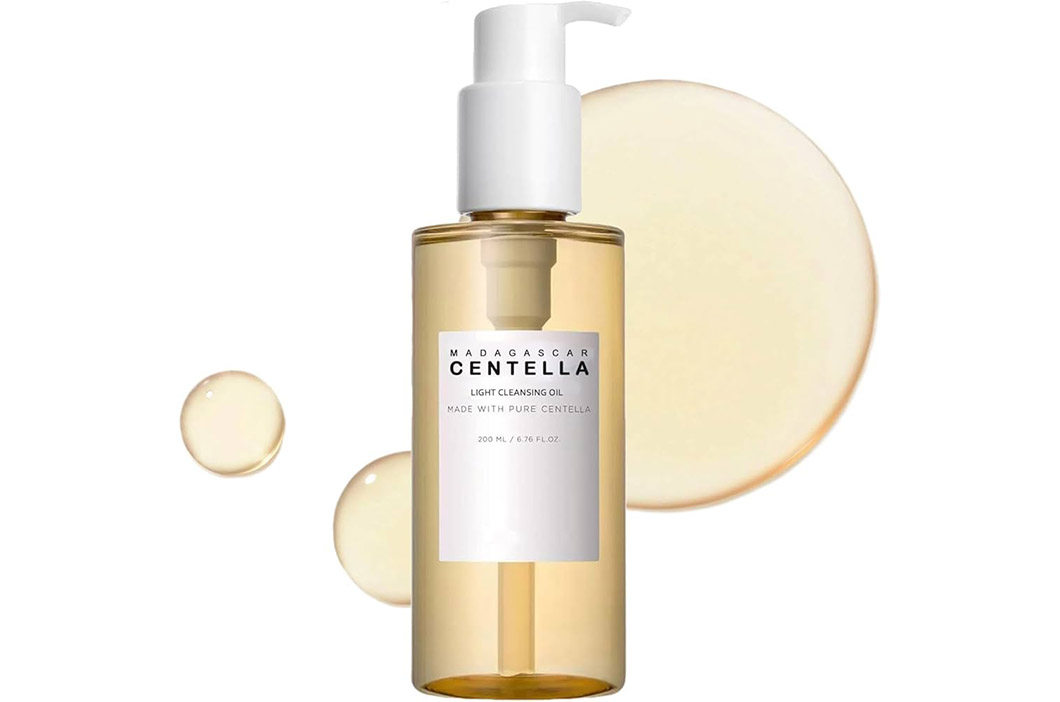Summer brings its own set of challenges for our skin with increased exposure to sun, heat, and sweat. To keep your skin looking and feeling its best during this season, adopting a clean and effective body care routine is essential. Here’s a detailed summer routine to help you achieve glowing, healthy skin.
Fashion Inspiration, Effortlessly Yours!
Want to create everyday looks like a fashion photoshoot? Don’t hesitate, join our trendy fashion army now and be the first to grab the hottest fashion items! From street style to high street fashion, we’ve handpicked the latest and most popular pieces for you from top brands like Dorothy Perkins , Dansko , ST Frock , gb.ecco , and Burton.
Hot-selling Items:
Dorothy Perkins Fashionable Trench Coat: A must-have for fall and winter, keeping you warm without losing style.
ST Frock Unique Shirts: From business to casual, one piece covers all occasions.
Burton Men’s Slim-fit Suit: Simple yet sophisticated, perfect for business meetings and formal events, showcasing your professionalism and taste.
Burton Premium Knit Sweater: A fall/winter essential, soft and skin-friendly, creating a warm yet stylish look for men.
Dansko Trendy Sneakers: The perfect blend of comfort and style, effortlessly matching various outfits.
Fashion Footwear: From Dorothy Perkins ' classic pointed heels to comfy white sneakers, and gb.ecco's stylish leather shoes, every step is on the cutting edge of fashion.
Long-lasting Matte Foundation: Lightweight and breathable for all-day wear, delivering a flawless, natural complexion.
Volumizing Mascara: Instantly enlarges your eyes, with defined lashes and no smudging!
Moisturizing Lipstick Collection: Rich color with a smooth texture, keeping lips soft and glossy all day.
Latest Global Arrivals: New items every day, always keeping up with fashion trends from top brands!
Quality Assurance: Where fashion meets comfort, making every piece a classic.
1. Deep Cleansing for Fresh Skin
Starting your routine with a thorough cleanse is crucial for removing impurities and preparing your skin for the rest of your skincare steps.
- Choosing the Right Cleanser:
- For Dry Skin: Opt for a creamy, hydrating cleanser containing ingredients like hyaluronic acid, ceramides, or glycerin, which help retain moisture and prevent dryness.
- For Oily or Acne-Prone Skin: Use a gel-based or foaming cleanser with salicylic acid or tea tree oil, which helps control excess oil and prevent breakouts.
- For Sensitive Skin: Look for a fragrance-free, non-foaming cleanser with calming ingredients like aloe vera or chamomile to avoid irritation.
- Application:
- Morning Routine: Start with a gentle cleanse to remove overnight sweat and oils. This helps refresh your skin and prepare it for the day’s activities.
- Evening Routine: Use a more thorough cleanser or double cleanse if you’ve been wearing makeup or sunscreen. The first cleanse should remove surface impurities, and the second should ensure all remnants are gone.
- Additional Tips:
- Cleansing Tools: Consider using a facial cleansing brush, Konjac sponge, or cleansing mitt to enhance the efficacy of your cleanser. These tools help to deeply cleanse pores and exfoliate dead skin cells.
- Water Temperature: Use lukewarm water, as hot water can strip your skin of natural oils, while cold water may not effectively dissolve dirt and makeup.
2. Dry Brushing for Smooth, Circulated Skin
Dry brushing is a time-honored technique that promotes skin health and prepares it for subsequent treatments.
- Choosing a Brush:
- Bristles: Opt for a brush with natural, firm bristles. Synthetic bristles may be too harsh and can cause irritation.
- Handle: A long handle is helpful for reaching your back and other hard-to-reach areas.
- How to Brush:
- Technique: Start brushing at your feet and work your way up towards your heart using long, sweeping motions. This technique helps to enhance blood flow and lymphatic drainage.
- Frequency: Brush 2-3 times per week to avoid over-exfoliating. Adjust frequency based on your skin’s sensitivity and response.
- Skin Care: After brushing, follow with a nourishing body oil or moisturizer to lock in moisture and soothe the skin.
- Additional Benefits:
- Cellulite Reduction: Regular dry brushing may help improve the appearance of cellulite by stimulating circulation and lymphatic drainage.
- Skin Texture: It helps to smooth out rough patches and improve overall skin texture.
3. DIY Exfoliation for Radiant Skin
Creating your own exfoliant is a great way to enjoy natural ingredients while maintaining smooth skin.
- Ingredients:
- Sugar Scrub: Combine brown sugar with coconut oil or honey. Brown sugar is gentle yet effective in removing dead skin cells.
- Salt Scrub: Use fine sea salt mixed with olive oil for a more intensive exfoliation. Salt has natural antibacterial properties and can help with rough skin areas.
- Add-Ins: Enhance your scrub with ingredients like coffee grounds for an invigorating boost or essential oils for added fragrance and benefits.
- Application:
- Technique: Apply the scrub in gentle, circular motions to avoid overstressing the skin. Focus on areas that are prone to dryness or roughness.
- Post-Exfoliation Care: Rinse thoroughly and apply a moisturizer to replenish lost moisture and soothe the skin.
- Additional Tips:
- Patch Test: Always perform a patch test before applying any DIY scrub to ensure you don’t have an allergic reaction or irritation.
- Storage: Store homemade scrubs in a clean, airtight container to prevent contamination and extend shelf life.

4. Opt for Solid Products
Switching to solid products can be beneficial for both your skin and the environment.
- Solid Soap and Shower Gels:
- Ingredients: Choose solid soaps or shower gels that contain natural, skin-friendly ingredients such as shea butter, cocoa butter, or essential oils. Avoid products with synthetic fragrances or harsh chemicals.
- Environmental Impact: Solid products often come with minimal packaging, which helps reduce plastic waste and environmental footprint.
- Travel-Friendly:
- Convenience: Solid products are easy to pack and carry, making them ideal for vacations and travel. They don’t leak or spill, which reduces the risk of messes.
- Multi-Use: Some solid products can double as both body wash and shampoo, streamlining your routine and reducing the number of items you need to pack.
5. Natural Oils for Deep Hydration
Natural oils are excellent for deeply hydrating and nourishing your skin.
- Choosing the Right Oil:
- Sweet Almond Oil: Rich in vitamins A, E, and fatty acids, it helps to soften and soothe the skin.
- Jojoba Oil: Similar to the skin’s natural oils, it provides hydration without clogging pores, making it suitable for all skin types.
- Coconut Oil: Known for its moisturizing properties, it’s also antibacterial and antifungal, making it great for dry and sensitive skin.
- Application:
- Post-Shower: Apply oil to damp skin to lock in moisture and improve absorption. Use a few drops and massage gently until absorbed.
- Routine: Consider using oils in your nighttime routine for enhanced hydration and repair while you sleep.
- Additional Tips:
- Patch Test: As with any product, perform a patch test to ensure no allergic reactions or skin sensitivities.
- Usage: Rotate between different oils based on your skin’s needs and preferences to avoid building up tolerance or overuse.
6. Two-in-One Products for Eco-Friendly Simplicity
Two-in-one products help streamline your routine and reduce waste.
- Shampoo-Body Wash:
- Convenience: These products are ideal for simplifying your shower routine and saving time. They are particularly useful for travel or busy schedules.
- Formulations: Look for formulations that are gentle and suitable for both hair and body. Ensure they don’t contain harsh ingredients that might irritate either area.
- Dual-Purpose Moisturizers:
- Application: Choose a moisturizer that can be used on both face and body. This helps in reducing the number of products you need and minimizes packaging waste.
- Formulas: Opt for non-comedogenic (won’t clog pores) and hydrating formulas that are suitable for multiple uses.
7. Sun Protection: Essential Summer Care
Protecting your skin from harmful UV rays is crucial during the summer months.
- Choosing Sunscreen:
- SPF: Use a broad-spectrum sunscreen with SPF 30 or higher. Broad-spectrum sunscreens protect against both UVA and UVB rays.
- Formulation: Choose sunscreens that are water-resistant and free from harmful chemicals like oxybenzone or octocrylene. Mineral sunscreens with zinc oxide or titanium dioxide are often recommended for sensitive skin.
- Application:
- Coverage: Apply sunscreen generously to all exposed areas of the skin, including often-missed spots like ears, feet, and behind the knees.
- Reapplication: Reapply every two hours, or more frequently if swimming or sweating. Use a sunscreen stick or spray for easier application on the go.
- Additional Tips:
- Protective Clothing: Wear hats, sunglasses, and protective clothing in addition to sunscreen for extra protection.
- Shade: Seek shade during peak sun hours (10 a.m. to 4 p.m.) to reduce overall sun exposure.

By integrating this clean summer body care routine into your daily regimen, you can keep your skin healthy, radiant, and well-protected while embracing a more eco-friendly lifestyle. Customize these steps according to your skin type and personal preferences to achieve the best results and enjoy the summer with confidence.



